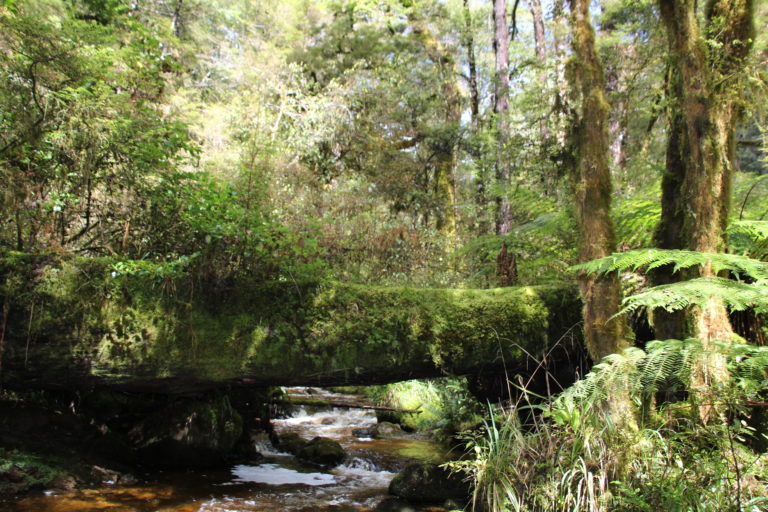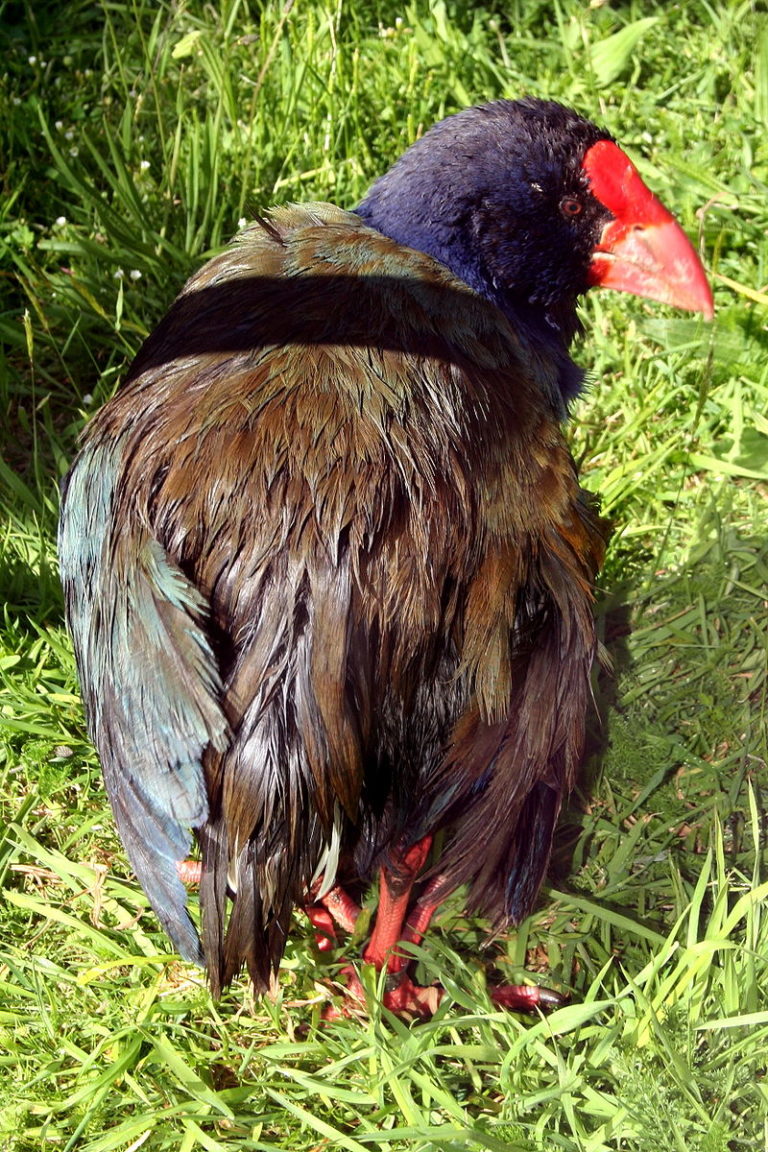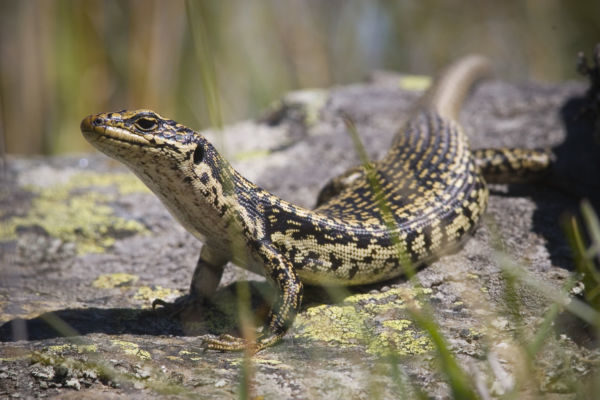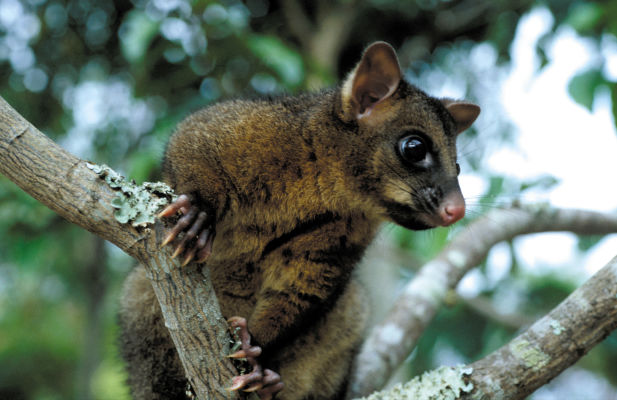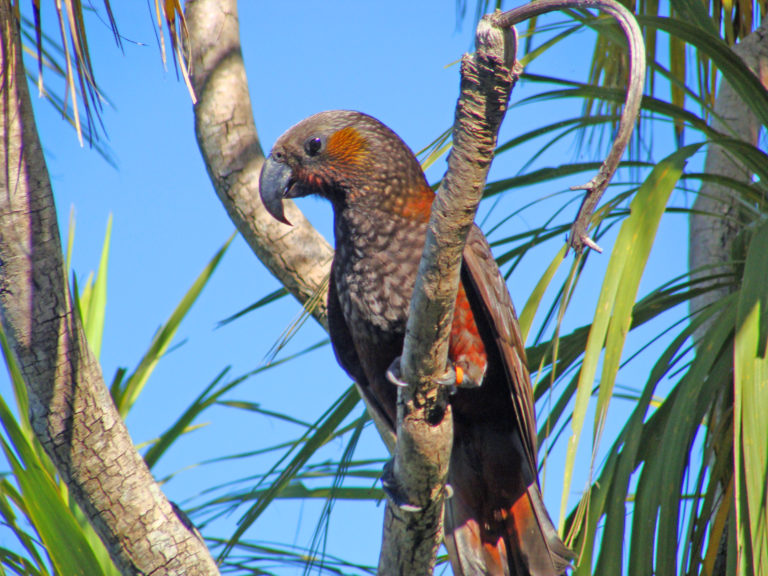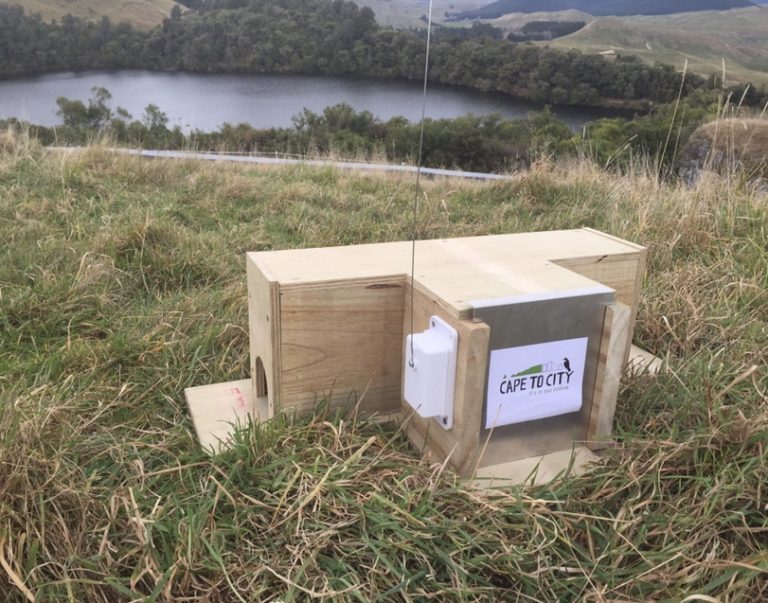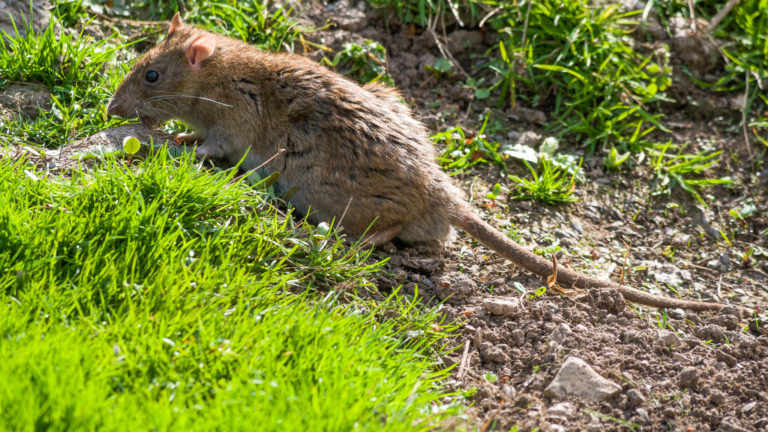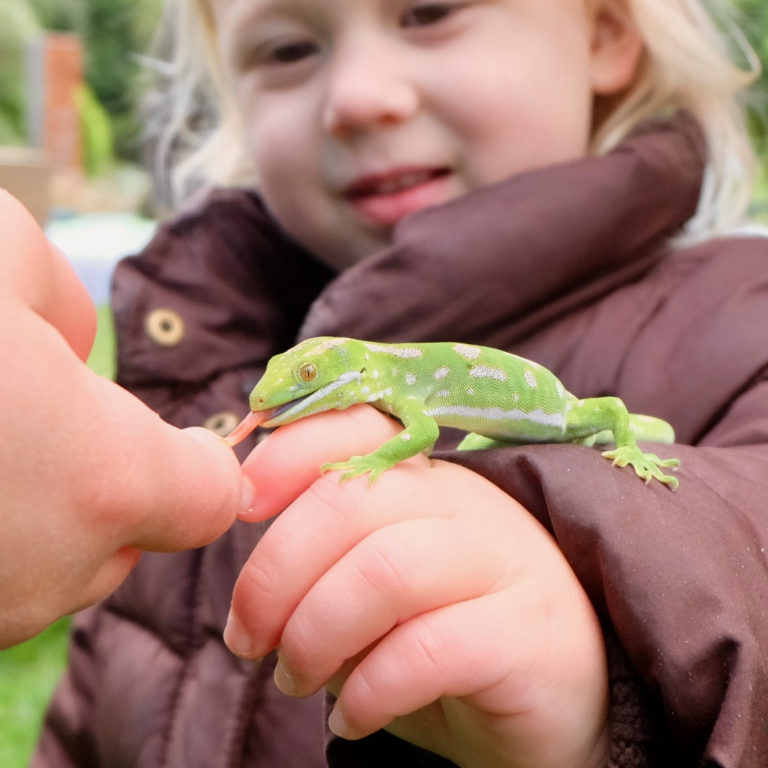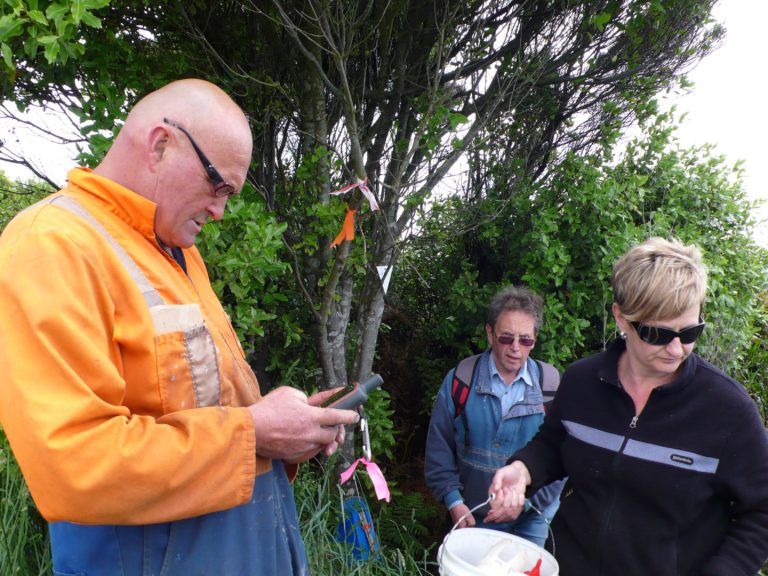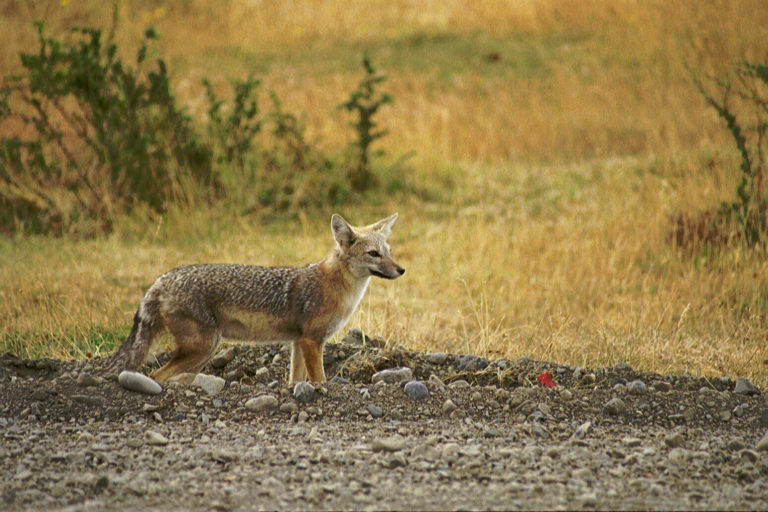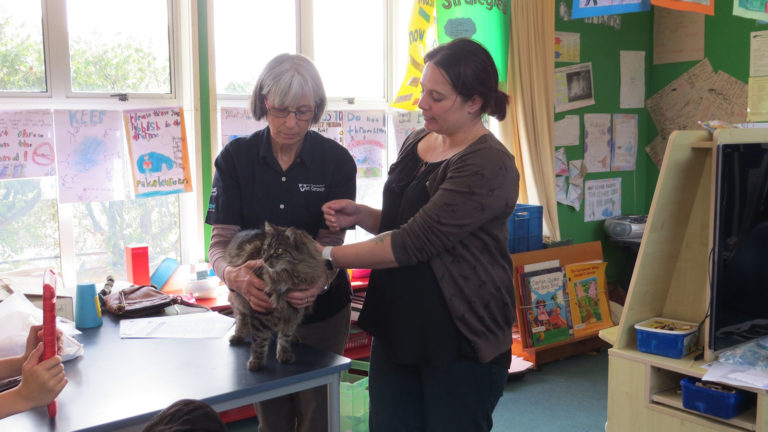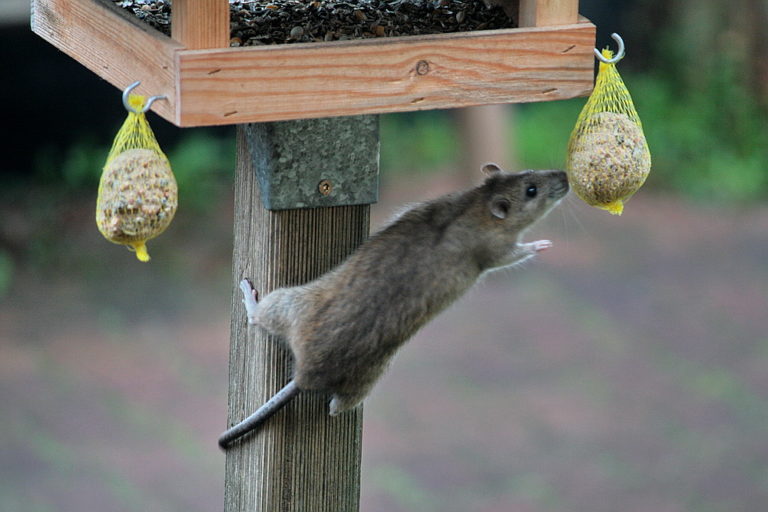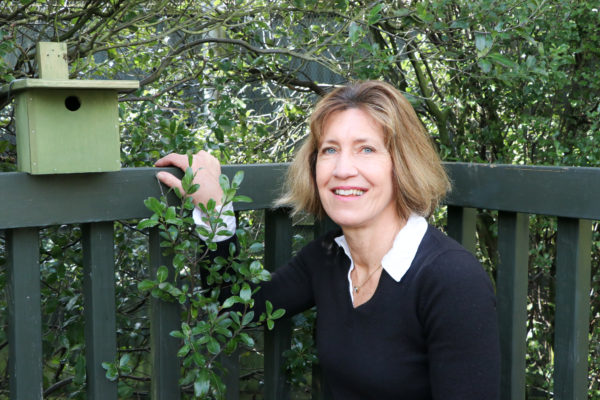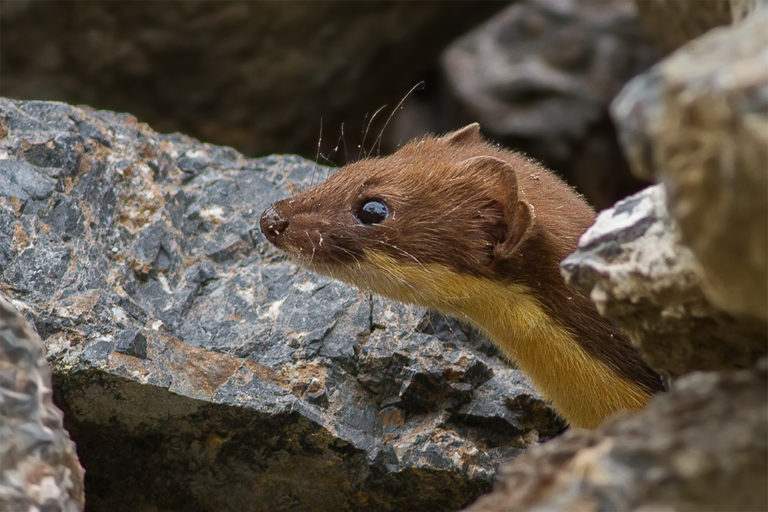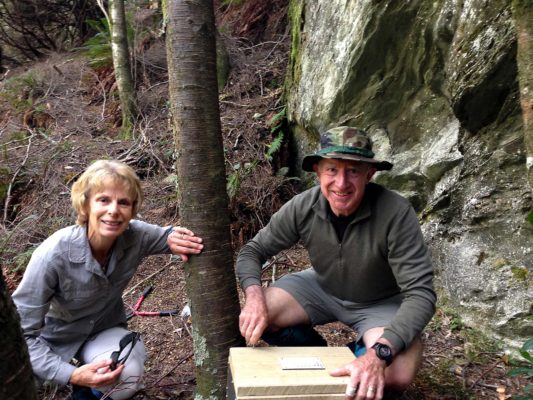Bush savvy volunteers have ‘a bit of a scramble’
Field co-ordinator, John Caygill reckons it’s “a bit of a scramble” checking the traplines on the Rainy Creek Project, “And on some lines there’s a…
Takahe protection benefits the neighbours
How much trapping does it take to make a difference? Sometimes even a small difference can make all the difference to a species that is…
Sanctuary raises profile of endemic lizards
In Central Otago the locals are becoming increasingly proud of their giant lizards. “Reptiles are our megafauna,” says Grant Norbury, a Landcare Research scientist based…
Urban possums – it’s not just about the roses
When possums live in an urban landscape, their fondness for fruit, flowers and foliage quickly makes then unpopular with gardeners. They can be noisy on…
Urban kaka – how are they adapting to city life?
As kaka become a more familiar part of everyday suburban lives in some parts of New Zealand, the city-living parrots are also attracting the attention…
New podiTRAP a long time in the making
Inventing a new kind of trap can be a slow kind of process. Sometimes you don’t even know you’re on that journey until you’re well…
Rat bait resistance – should we be worried?
Anticoagulant poisons are commonly used to kill rats in New Zealand and around the world. But at least 18 countries in Europe, America and Asia…
Kiwibank Predator Free Schools announced
Predator Free New Zealand Trust has selected the ten schools that will take part in the inaugural Kiwibank Predator Free Schools programme. Over 75 schools…
Possums sorted – look out Omaui rats
A few years back, John Collins of Omaui got sick of shooting possums every night. He decided more needed to be done. Omaui is a…
Narrow escape makes horror reading
It could have been so much worse… red foxes, Patagonian foxes, mongooses (or should that be mongeese?) – even badgers were proposed as a solution…
Curious Minds project lets kids keep tabs on their tabbies
The secret lives of Taranaki’s pet cats are currently being revealed – thanks to project funding from Curious Minds which has enabled the purchase of…
Secret life of urban rats revealed
Norway rats (Rattus norvegicus) and black rats (also known as ship rats), (Rattus rattus), are among the most prolific and widespread urban pest species in…
Predator proof nestboxes more than a pipe dream
Kathryn Marshall, helped by a team of Waimea Menz Shed volunteers, with some expert advice from ornithologist Peter Gaze, has designed and tested predator proof…
Capturing the cryptic – finding better ways to detect stoats
When stoats were recently captured on video raiding the spring nests of rock wren, yet tracking tunnels failed to detect their presence, scientists became concerned…
Wild beauty of Matukituki Valley continues to inspire
The beautiful, remote Matukituki Valley is located between Mt Aspiring National Park and Lake Wanaka. It’s mossy beech forests, pristine glaciers, alpine plants and birdlife…

